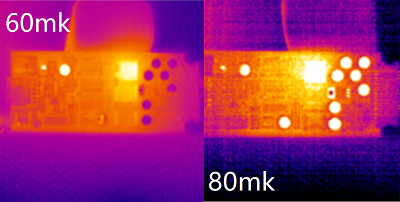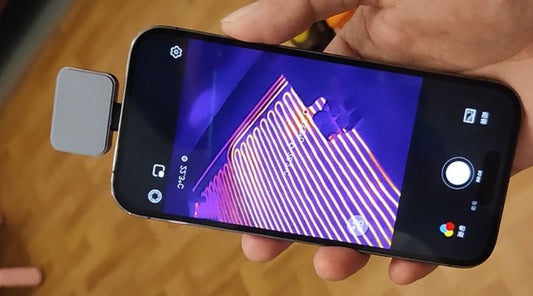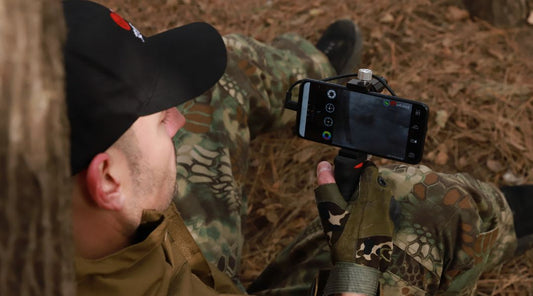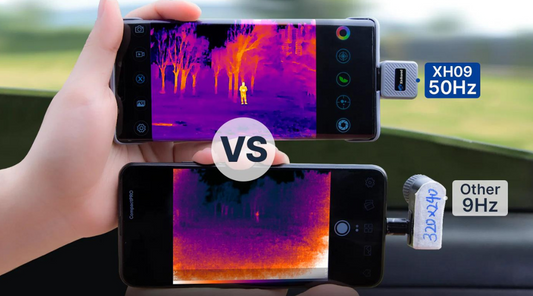What Should You Consider Before Buying Thermal Scanners
An infrared camera also called a thermal imager, depicts the temperature change of an object or scene through a thermal image, the main principle of which is to convert infrared radiation into a visible image. You can measure the temperature of an object without directly touching it. You can also use a thermal camera to collect and analyze data.
Infrared thermal imaging technology has now become an essential tool in various industrial inspections, project development, and even in daily life. The infrared thermal imagers on the market are of mixed quality. Therefore, it is not an easy task to buy a thermal camera that is suitable for your application. To help you buy the right thermal camera for your application, let's take a look at what we should consider before buying a thermal camera.
- Your Temperature Measurement Range
Here you need to understand a concept - temperature resolution, also called thermal sensitivity or noise equivalent temperature difference (NETD) of the thermal camera, refers to the minimum temperature difference that needs to be measured. Generally speaking, the thermal sensitivity of a thermal camera can be between 0.025°C or less to 0.075°C or less. In other words, it is the minimum value of temperature difference that can be detected by the thermal camera you are using. As you can see from the graph, the smaller the NETD, the less thermal imaging noise and the more accurate the imaging.

Also, consider your temperature measurement range. Different thermal cameras have different temperature ranges. For example, the InfiRay T2Pro for outdoor imaging has a temperature range of 0-80°C, and the P2Pro for industrial and home temperature measurement has a temperature range of -20-550°C.
- The Size and Distance of the Target You Want to Measure
Only if you choose the right field of view (FoV) in the lens, this lens can cover the object you want to measure, you can get the best image of the object to be measured and the most measurement points. The larger the field of view, the larger the field of view and the smaller the optical magnification. In layman's terms, the target object will not be collected in the lens beyond this angle. The angle of view up to 40 degrees, can be photographed in a long-distance situation. The angle of view of 60 degrees or more, the observation range is larger, near the image has distortion.

At the same time, spatial resolution is also worth noting that it will affect the minimum detail you see and the instantaneous field of view angle. Spatial resolution is equivalent to the instantaneous field of view (IFoV). Both detect the finest details on the subject, and both are based on the smallest area that can be covered by a single pixel point of the thermal camera. The closer to the target, the smaller the area the pixel point can detect, and the farther away from the target, the larger the detection area. Simply put, the smaller the IFoV, the smaller the minimum resolvable unit, and the higher the spatial resolution of the image.
- What Kind of Temperature Analysis and Data Sharing Do You Need
Temperature-calibrated thermal cameras provide temperature values in Celsius, Fahrenheit, and Kelvin for each pixel, enabling faster and more accurate identification of the cold and hot zones of the target unit under test.
Data sharing is also one of the main points to consider, after all, in the internet age, data transfer is extremely important and you often need to share data with others. InfiRay T2Pro can connect directly to your smartphone, share it quickly via the web to your online social circle, and even live-stream your thermal imaging footage.

There are a few other things to keep in mind. For example, the battery life, especially if you need to use it outdoors, you do not want to suddenly power off in the process of use. Also, consider whether the accessories are complete. Choose a thermal camera from these aspects of the above comprehensive consideration, I believe you will be able to find the most suitable for your thermal camera.




